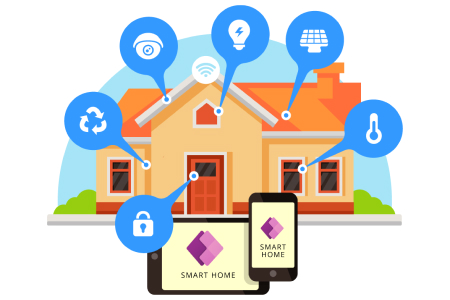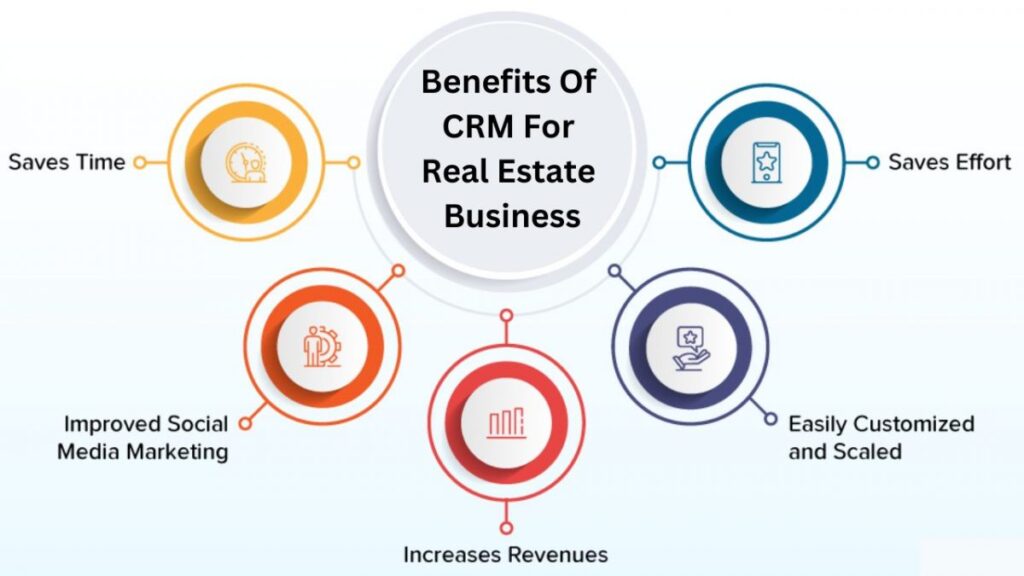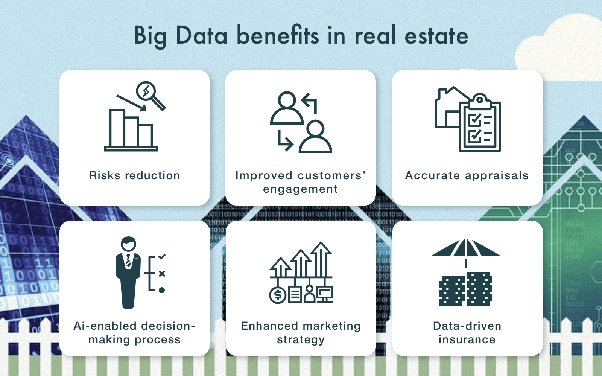In today’s dynamic business landscape, staying ahead of the curve is crucial for success. Budgeting, a cornerstone of financial stability, is no exception. Discover how advanced Power App Revolution solutions, with a case study reference by Microsoft, have revolutionized the budgeting process. This powerful tool harnesses cutting-edge technology to redefine budgeting, making it more agile, data-driven, and responsive. Dive into the case study to explore how Power App solutions, with the endorsement of industry leaders like Microsoft, are reshaping budgeting and helping businesses become more efficient and financially savvy in an ever-changing world.
Client: Urban Property Management, a large property management firm.
Location: Chicago, Illinois, USA.
Challenges: Manual budgeting, spreadsheet errors, and difficulties forecasting.
The Challenge of Power App Revolution
Urban Property Management, a prominent property management firm based in Chicago, Illinois, was facing significant challenges with their budgeting processes. The company heavily relied on manual budgeting methods and spreadsheets to manage their finances, which resulted in a host of issues including errors, delays, and difficulties in accurately forecasting expenses.
The Power App Solution
To address these challenges, Urban Property Management sought the expertise of industry experts known for their innovative software solutions. These experts proposed comprehensive solutions to overhaul Urban Property Management’s budgeting and forecasting processes.
Advanced Power App solutions were developed, tailored to the specific needs of Urban Property Management. These applications not only automated the budgeting and forecasting processes but also seamlessly integrated data from various sources within the organization. This integration improved the accuracy of financial data and provided real-time insights into the company’s financial health.
The Results
The implementation of advanced Power App solutions brought about transformative results for Urban Property Management, solving their budgeting challenges effectively:
1. Time Savings: The automated budgeting process significantly reduced the time required for budget creation. Urban Property Management experienced a remarkable 60% reduction in the time spent on this previously laborious task.
2. Accuracy: One of the most critical benefits of the Power App was the virtual elimination of spreadsheet errors. The app’s automated calculations and data integration ensured precise budgets and forecasts, eradicating the costly mistakes that were previously common.
3. Cost Reduction: Thanks to the improved accuracy in forecasting enabled by the Power App, Urban Property Management managed to reduce unexpected expenses by an impressive 20%. This increase in forecasting accuracy had a direct and positive impact on the company’s overall cost management.
Conclusion
In conclusion, advanced Power App solutions emerged as a game-changer for Urban Property Management. By streamlining their budgeting processes and addressing the challenges of manual budgeting and spreadsheet errors, the firm experienced significant benefits.
The automation brought about a substantial reduction in the time spent on budget creation, virtually eliminated errors, and, most importantly, positively impacted cost management through more accurate forecasting. These innovative solutions not only saved time but also enhanced Urban Property Management’s financial decision-making capabilities, ultimately contributing to their long-term success. This case study serves as a testament to the power of technology in revolutionizing traditional business processes and driving efficiency and accuracy in financial management.
Check out our latest blog on How Can Power Apps Shape the Future of Real Estate Management?
















